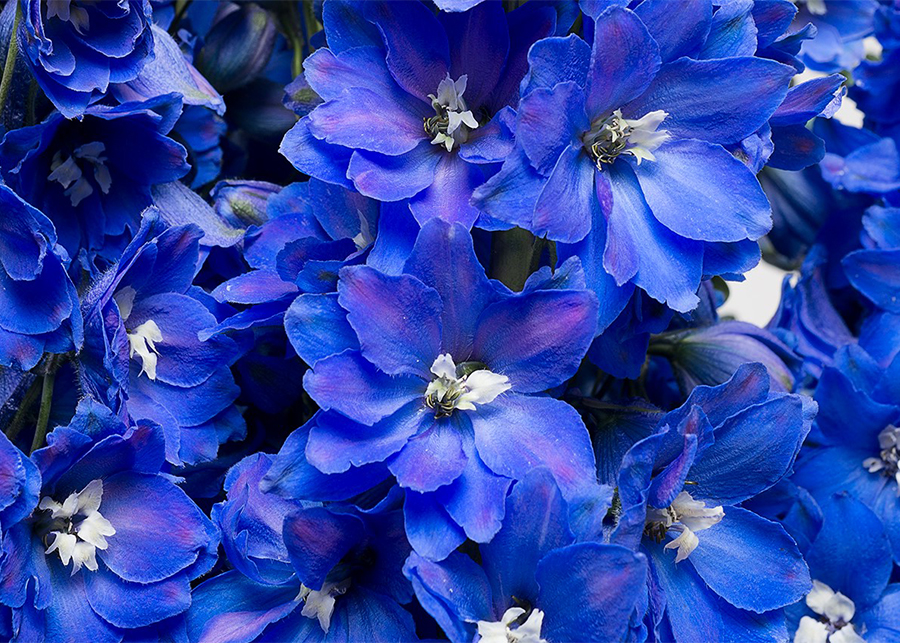Delphiniums are a popular flower for home gardens and outdoor flower arrangements. However, despite their beauty, they also happen to be toxic. In order to keep yourself and your pets safe, it’s important to know the dangers of delphiniums. In this blog post, we’ll touch on some general information about the plant, including tips for growing them safely.
Delphiniums are beautiful flowers, but they also happen to be toxic. Despite this, they are still popular in gardens and flower arrangements. If you have delphiniums in your garden, or if you plan on buying them, it’s important to be aware of the dangers they pose and take precautions to protect yourself and your pets. In this blog post, we’ll discuss the dangers of delphiniums and how to protect yourself from them. We’ll also provide some tips for growing delphiniums safely. Thanks for reading! Delphiniums
What Is a Delphinium?
A delphinium is a tall flowering plant in the family Ranunculaceae, native to temperate regions of the Northern Hemisphere. It is a herbaceous perennial plant with leaves divided into three leaflets and bright blue, pink, or white flowers. The species Delphinium staphisagria was used medicinally in ancient Greece.
The name “delphinium” is derived from the Latin word “delphinus”, meaning “dolphin”. This may be because the shape of the corolla tube resembles a dolphin’s tail. Alternatively, it may refer to the daffodil (Narcissus) which has a similar flower shape.
All species of the genus Delphinium are poisonous to people and animals. The common name larkspur is used to refer to both perennial Delphinium cultivars and annual Consolida cultivars. Molecular data reveal that Consolida, as well as another segregate genus, Aconitella, are both incorporated in Delphinium.
The leaves are three- to seven-lobed, palmate in form, with three to seven sharp teeth on each lobe. The flower stem is erect and varies considerably in size among the species, ranging from 10 centimeters to 2 meters tall in the larger meadowland species.

The plant has a raceme of several flowers, varying in color from purple and blue to red, yellow, or white, in June and July (Northern Hemisphere). The flowers are bilaterally symmetrical with a lot of stamens. Each blossom in most species has five petal-like sepals that grow together to form a hollow pocket with a spur at the end, which is why it’s called such, usually more or less dark blue. The two upper petals have tiny, inconspicuous true petals within their sepals. The eponymous long spur of the upper sepal covers the nectar-containing spikes of the two upper petals.
Cultivation and Usage of Delphiniums:
Delphiniums are grown as ornamental plants in both formal and natural settings. The numerous crossbreeds and cultivars are mostly used as garden plants, providing height at the back of the summer border, together with roses, lilies, and geraniums.
Delphinium hybrids and cultivars are generally derived from D. elatum. Hybridization began in the 19th century, pioneered by Victor Lemoine in France. Other hybrid combinations have included D. bruninianum, D. cardinale, and D. cheilanthum.
Garden cultivars have been developed in a variety of colors, including white, pink, purple, and blue. They are available in white, pink, purple, and blue hues. The blooming plant is also utilized in floral displays and garden shows like the Chelsea Flower Show for its beauty. The flowers’ juice, especially D. consolida, is combined with alum to create a blue ink. All plant parts are harmful in high doses, particularly the seeds, which contain up to 1.4% alkaloids. The leaves, flowers, and roots of this plant are poisonous to humans, especially the young parts, causing severe stomach discomfort if eaten and skin irritation.
F.A.Q
Is delphinium belladonna poisonous?
Opium poppy, Brugmansia, and Belladonna delphinium are all plants to be mindful of if you have small children or pets. If you are using these plants for any reason, be sure to store them in a secure place to prevent accidental poisonings. When in doubt, it is always better to be safe than sorry, and a few precautionary measures can save you a lot of heartache in the long run.
Is it safe to grow delphiniums?
This toxic plant is not recommended for your garden because of its poisonous qualities. Delphinium can be deadly to both humans and animals, making it a prime example of why the buyer should beware.
